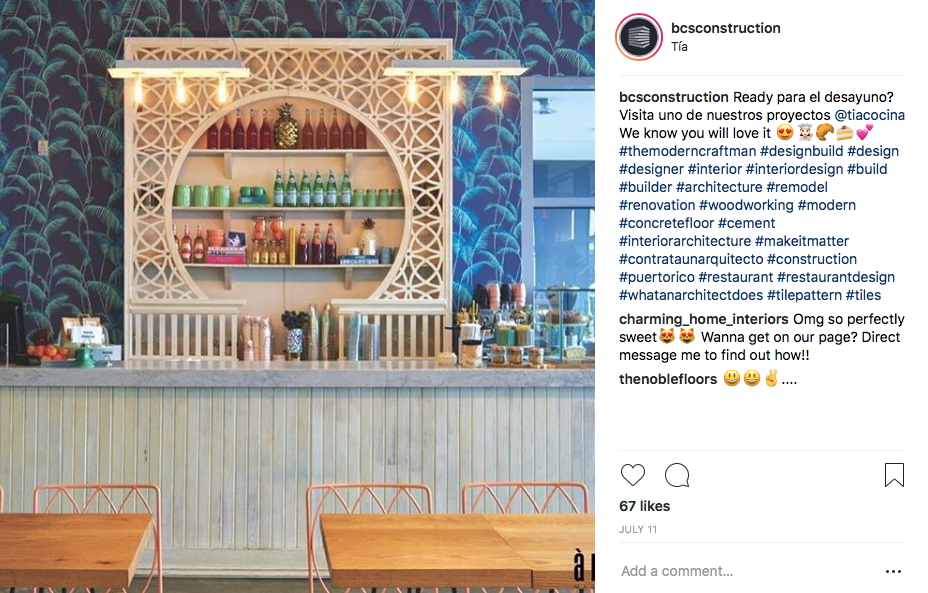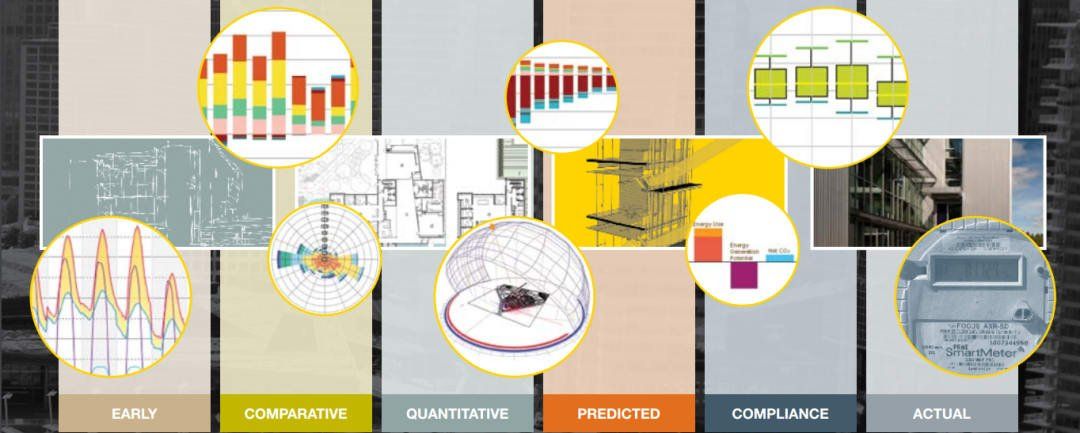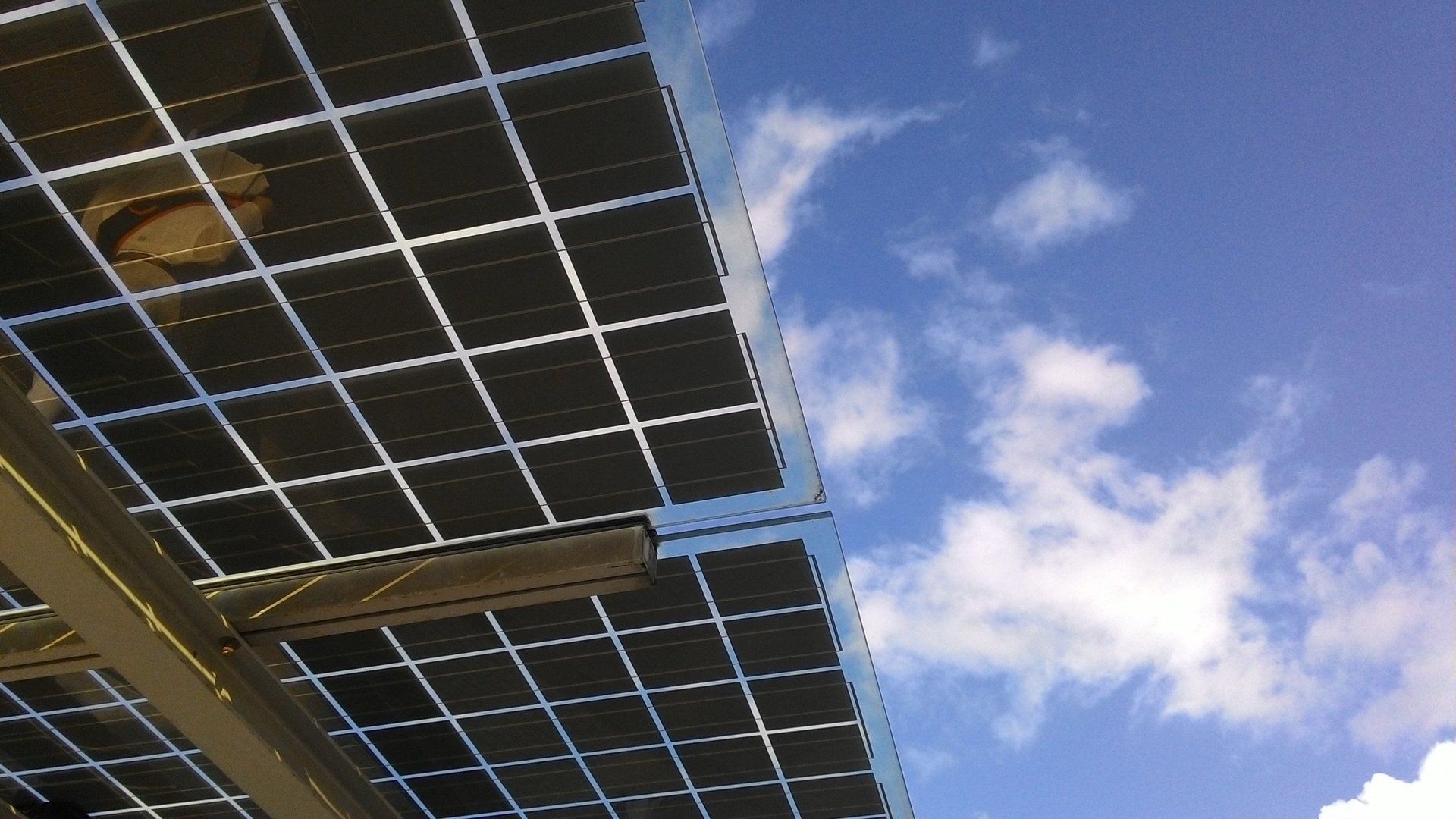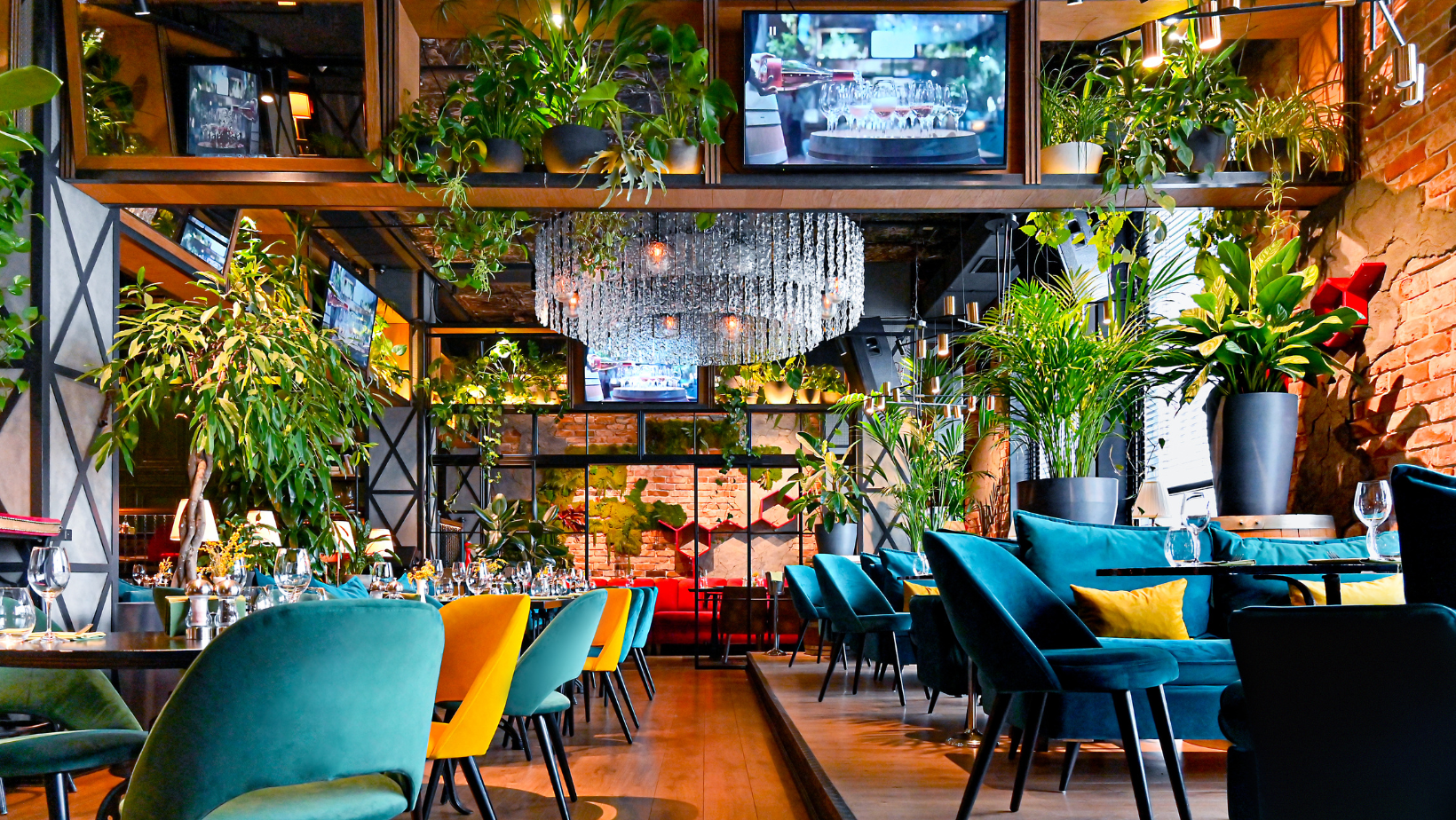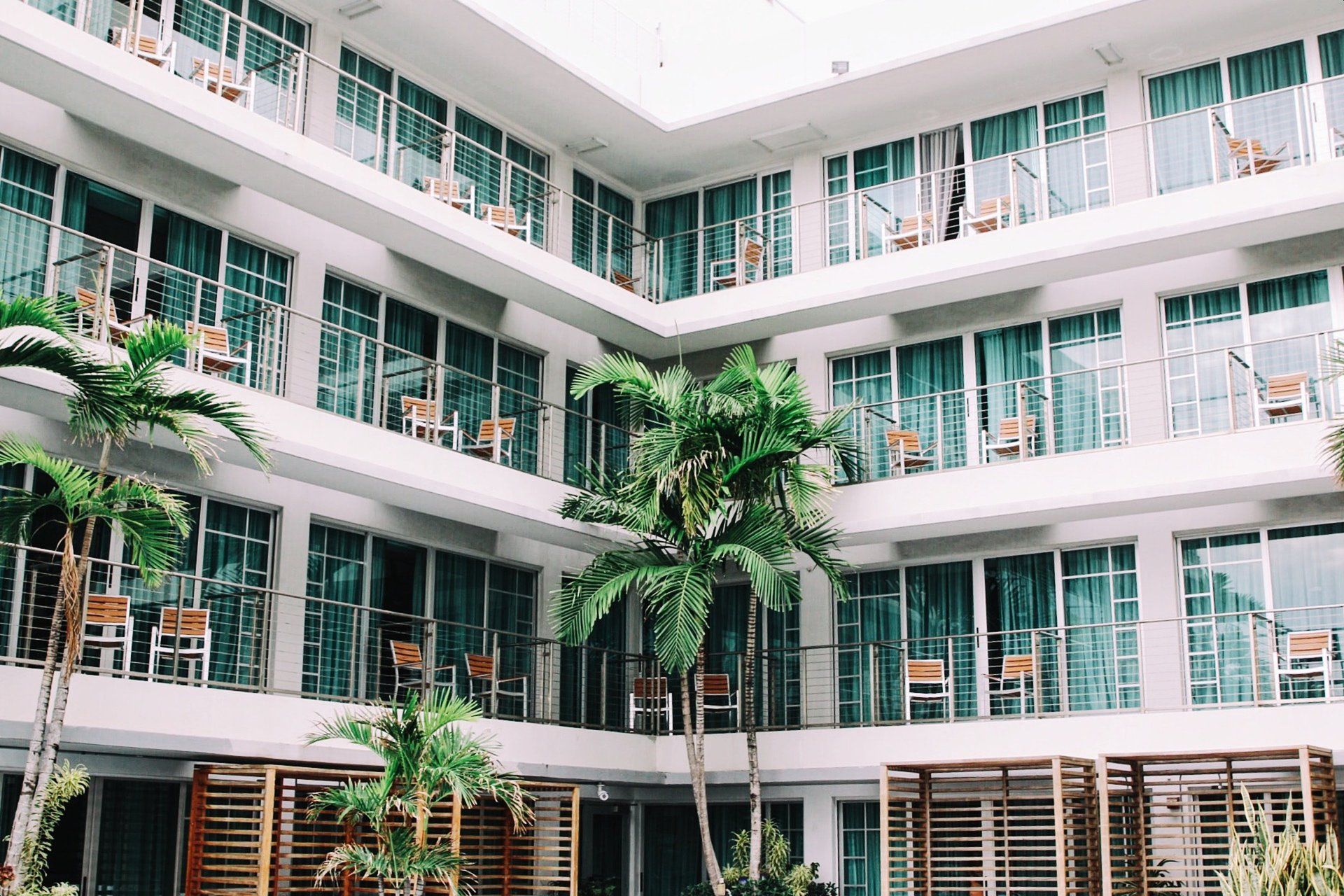Puerto Rico Tax Incentives Act 20/22

The advantages of doing business in Puerto Rico
With a new Export Services Act and a new Individuals Investors Tax Act, the Island now has a lot more to offer than ever before.
Since January of 2012, the Government of Puerto Rico signed into law both Act 20 and Act 22, providing aggressive incentives to urge investors to move to the Island to do business, while becoming a center for exportation of international services throughout the world.
According to the Department of Economic Development and Commerce of the Government of Puerto Rico, and due to the Island’s favorable tax and cost structure, as well as its modern and world class infrastructure and attributes, the newly Act 20 to Promote the Exportation of Services of 2012 was designed to provide the appropriate environment and opportunities to make Puerto Rico a center for international services. In order to do so, the Act is focused on encouraging local service providers to expand their businesses by offering their services to clients located outside the Island. Also, it aims to convince foreign services providers to move their businesses to Puerto Rico.
Act 20
The Export Services Act of 2012 or Act 20 was established and intended to promote the exportation of services, by providing the appropriate environment and opportunities to make Puerto Rico a center for international services. In order to do so, the Act is focused on encouraging local service providers to expand their businesses by offering their services to clients located outside the Island. Also, it aims to convince foreign services providers to move their businesses to Puerto Rico.
Act 20 offers a four (4)% corporate tax rate for Puerto Rican businesses providing services for exportation, 100% tax-exempt dividends from earnings and profits derived from the export services income of eligible businesses, and a 60% exemption on municipal taxes.
Since there are special rules provided for the year of the move from the United States to Puerto Rico, investors are encouraged to follow them closely in order to take full advantage of the new laws and its benefits.
Act 20 offers:
- 4% corporate tax rate
- 100% tax-exempt dividends
- 60% exemption on municipal taxes
- 20-year decree guaranteeing these rates
- No federal taxes on Puerto Rico source income

Act 22
The Individuals Investors Tax Act of 2012 or Act 22 was established to promote the relocation of individual investors to Puerto Rico, in order to attract new residents to the Island by providing a total exemption from Puerto Rico income taxes on all passive income realized or accrued after such individuals become bona fide residents. On the long run, the goal is to attract new local investments in real estate, services, and capital injections to the Puerto Rico banking sector, in order to accelerate the Island’s economy.
The incentives under Act 22 of 2012, which will expire on December 31, 2035, include 100% tax-exemption on dividends and interests and a 100% tax exemption on short-and long-term capital gains, after becoming residents. To become a new bona fide resident of Puerto Rico, an individual must have physical presence in the Island for at least 183 days of the year and must not have been a resident in Puerto Rico for the 15 years prior to the Act’s effective date.
Since there are special rules provided for the year of the move from the United States to Puerto Rico, investors are encouraged to follow them closely in order to take full advantage of the new laws and its benefits.
Tax experts and financial counselors working with international firm BDO, both in Puerto Rico and through offices around the world, have powerful knowledge and current updates to assist new investors through the process of establishing both their residences and businesses in Puerto Rico.
Act 22 offers:
- 0% tax on dividend and interest income for new Puerto Rico residents
- 0% tax on short-and-long term capital gains for new Puerto Rico residents
- 0% federal taxes on Puerto Rico source income
- Incredible tax savings on your investment portfolio returns
- 82°F weather all-year round and 300 miles of paradise beaches
Act 273
Another important legislation that was conceived as a complimentary one to Acts 20 and 22 was The International Financial Center Regulatory Act (Act 273 of 2012).
This law was enacted with the objective of making Puerto Rico an international banking and financial center by providing tax incentives for new banking and financial activity in Puerto Rico that is done for clients outside of Puerto Rico.
The tax incentive offer is mainly a four (4)% income tax rate for new banking and financial businesses established in Puerto Rico under qualifying circumstances.
BUILDING KNOWLEDGE
